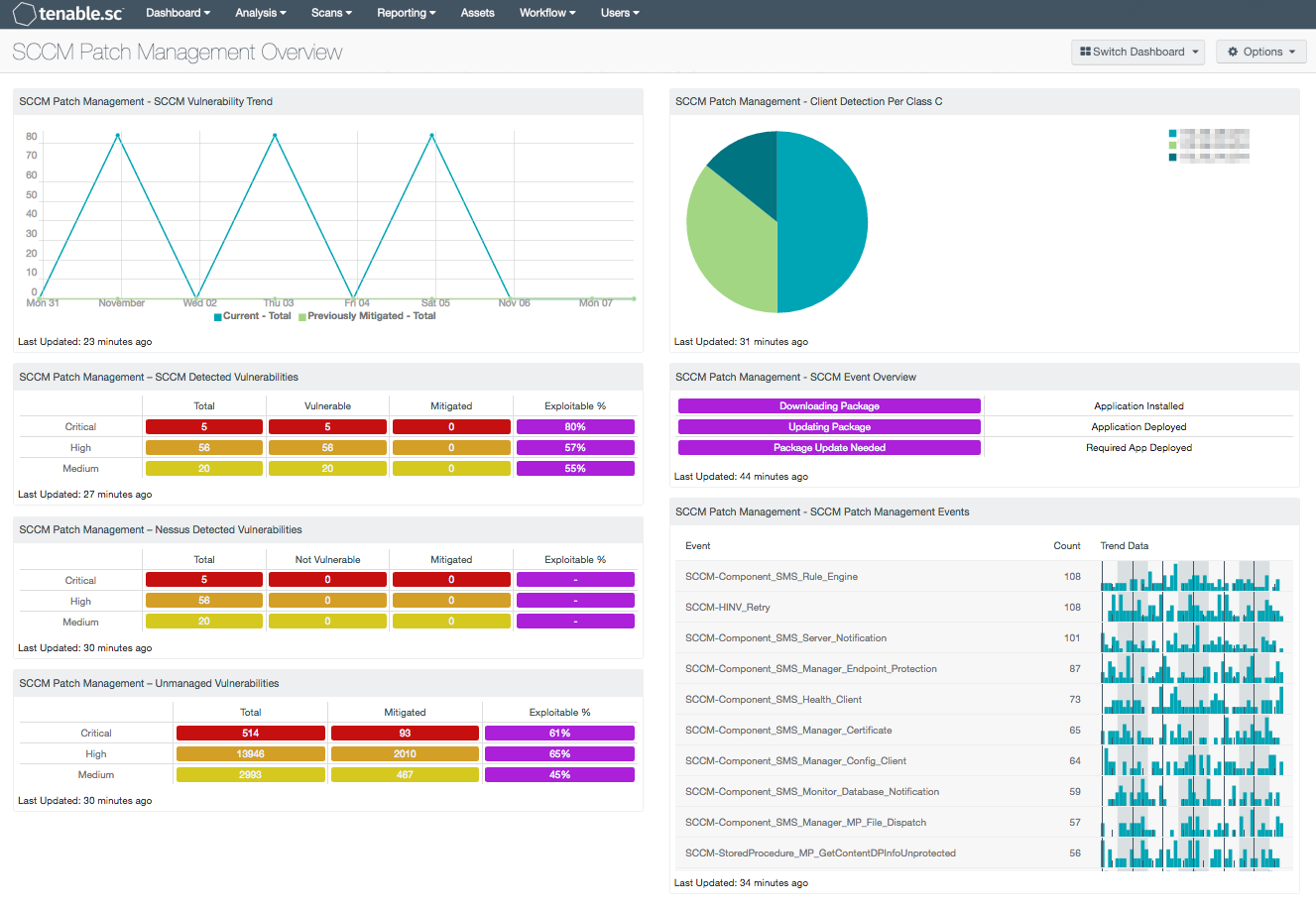


- #Sccm patch deployment best practices how to
- #Sccm patch deployment best practices install
- #Sccm patch deployment best practices update
- #Sccm patch deployment best practices software
- #Sccm patch deployment best practices download
For default servers maintenance window start from Saturday 02:00 to 04:00.
#Sccm patch deployment best practices update
IN this time the update age is one month so if something was wrong I have time to know and suspend. O For servers usually I make the maintenance window in a second Friday of each month. Depends also what is the customer policy. But I’ve see many admins who deploy the updates out of maintenance windows for workstations. Usually I make the maintenance window from 17:00 to 07:00 daily.
#Sccm patch deployment best practices how to
I you want to know what maintenance winows has a computer or a server see article How to check maintenance windows for a client servers Usually I setup the maintenance window only where I group servers and workstations for update. So be careful one server can be in multiple collections so is easy to have more maintenance windows. First you can set the maintenance windows in collection properties. I used maintenance windows on workstations and servers.

I some admins need to update in different time then the deadline they have 7 days to do that.
#Sccm patch deployment best practices software
Usually for workstations I make all software updates available after 3 weeks from released and the deadline is 7 days ending at Friday 17:00įor servers is same, after 3 weeks from released time after in the test environment are no problems, I push de updates with deadline 7 days ending at Saturday 02:00 (AM). O SUG all historical security updates until 2015 For example in this moment all security updates for XP+W7 until 2015 are 630 § Usually I create a SUG with security updates for all windows clients. After another year I make a consolidation and add all monthly updates in historical SUG. Always I comeback and clean for retired/expired updates For example I have for workstations all security software updates until 2015. § So usually I make SUG’s whit historical software updates. I prefer to have less SUG’s, it’s more easy to manage them, you lose less time if you chose to update the images in deployment cahin, First myself I group SUG’s with few keys in my mind It’s important to know that SUG’s are limited to 1000 updates. It’s an entire strategy how to make Software Updates Groups. You need to make SUG’s in order to apply more updates to collections. Each server/workstation chose what needs from entire SUG When I make my SUG I put all security updates for all OS clients and all security updates for all OS servers. Always I put in same collection all type of OS (XP, W7, W8, etc.). O For workstations is not important to group them after OS. Of course I start my process with less important and finish with critical Usually I have also collections not important, important, highly important and critical. So if something is wrong not all my servers are affected. O For servers for example I have more collections and I’ve tried to put servers with same roles in different collections with different installing schedules. With collections you can group your servers and workstations in different category. The time is compliant with customer strategy Some customers update the server at every three months, other at every 6 months, etc. One month I think it’s enough for community and Microsoft to discover if some software updates are dangerous. So when the updates are applied the software updates has already one month age and it’s stable. Usually the deployment time is Friday after 17:00 for workstations and Saturday at 02:00 for regular servers. O After three weeks from release I made the updates Mandatory and deployed them with one week time deployment deadline.
#Sccm patch deployment best practices download
So everybody can see the available updates, Department managers can download on a few less important workstations and see if they are casing issues or not. O After one week if nothing it’s wrong I published the updates on my environment and make them Available for two weeks. I made this operation Friday in case that some updates released Tuesday are dangerous and Microsoft retried them.
#Sccm patch deployment best practices install
NEVER install updates for the first time in a production environment. Usually I download the updates in same week Friday and install on my testing environment.


 0 kommentar(er)
0 kommentar(er)
